The baseline used to calculate the width of Vietnam's territorial waters in the Gulf of Tonkin is the basis for determining the boundaries and scope of Vietnam's maritime zones according to the provisions of UNCLOS and the Agreement on the Delimitation of the Gulf of Tonkin between Vietnam and China signed in 2000.
The clear determination of baselines in the Gulf of Tonkin creates additional legal basis to protect and enforce Vietnam's sovereignty , sovereign rights and jurisdiction, contributing to economic development, marine management and promoting international cooperation in the coming time.
Vietnam's baseline range in the Gulf of Tonkin
The baseline system in the Gulf of Tonkin consists of two parts:
The first is the straight baseline system starting from point A11 at Con Co Island, passing through base points located along 10 coastal provinces and cities across the country (Quang Ninh, Hai Phong, Thai Binh, Nam Dinh, Ninh Binh, Thanh Hoa, Nghe An, Ha Tinh , Quang Binh, Quang Tri);
The second is the normal baseline surrounding Bach Long Vi Island.
The baselines will be the basis for Vietnam to determine its maritime zones under its sovereignty, sovereign rights and jurisdiction in accordance with UNCLOS. However, in 2000, Vietnam completed the Agreement on the Delimitation of the Gulf of Tonkin with China, so the territorial sea boundary in the Bac Luan River estuary and the exclusive economic zone and continental shelf boundary in the Gulf of Tonkin are also determined in accordance with the provisions of the 2000 Agreement on the Delimitation of the Gulf of Tonkin between Vietnam and China ( see the following map ).
 |
Map illustrating the baselines used to calculate the width of Vietnam's territorial waters in the Gulf of Tonkin. (Source: Ministry of Foreign Affairs) |
The necessity of determining baselines in the Gulf of Tonkin
The Gulf of Tonkin, surrounded by the coasts of Vietnam and China, is not only an important vital sea trade route in Southeast Asia, but also an area rich in mineral resources and has an important strategic position in terms of security and defense.
Vietnam and China completed negotiations and signed the Agreement on the Delimitation of the Gulf of Tonkin on December 25, 2000, which took effect on June 30, 2004, to define the boundaries of the territorial waters, exclusive economic zones, and continental shelves. The Agreement creates a legal framework and favorable cooperation for the protection, management, use, and exploitation of resources, while also creating conditions for both sides to have a basis to promote cooperation for sustainable development in the Gulf of Tonkin, contributing to building trust and strengthening relations between the two countries.
Before the announcement of the baselines in the Gulf of Tonkin, Vietnam's continental coastal baselines were determined according to the Government's Declaration dated November 12, 1982 on baselines, connecting 11 points at the farthest points of the coastal islands and coast of Vietnam, from Point 0 to Point A11. Of which, Point "0" is located on the southwestern boundary of the historical waters between Vietnam and Cambodia; the last point is Point A11 located on Con Co Island, Quang Tri Province. At the time of the 1982 Declaration, Vietnam had not yet determined the baselines in the Gulf of Tonkin. According to Article 8 of the 2012 Law of the Sea, the Government will determine and declare baselines in areas where baselines have not yet been established.
In practice, for coastal states in general and Vietnam in particular, the failure to specify baselines leads to many limitations and difficulties. The failure to specify baselines leads to the undetermined boundaries and scope of maritime zones, causing difficulties in the management and enforcement of maritime laws in handling cases related to immigration, epidemiology, smuggling, especially cases involving foreign elements. By defining baselines, coastal states can clearly establish the scope of maritime zones, ensuring the legitimate interests of that state while respecting the rights of other states on the basis of compliance with international law (for example, the right to innocent passage in territorial waters, avoiding foreign vessels sailing close to the internal waters of coastal states).
In the context of increasing demand for management and development of the marine economy, Vietnam's completion of the baseline system is necessary and will contribute to completing and clarifying the boundaries and scope of Vietnam's maritime zones according to international law.
Conformity of Vietnam's baselines in the Gulf of Tonkin
The baselines in the Gulf of Tonkin are determined on the basis of the provisions of UNCLOS, in accordance with the geographical and natural characteristics of the Gulf of Tonkin. Vietnam's baseline system in the Gulf of Tonkin is determined by two methods: straight baselines and normal baselines.
The baselines of the mainland and coastal territories in the Gulf of Tonkin are determined by the straight baseline method. Indeed, the natural terrain of the coast of the Gulf of Tonkin on the sea side of Vietnam has a zigzag, concave shape, with islands running along the coast; together with the outermost islands and rocks of Ha Long Bay, they form an island chain. The baselines determined according to the Government's Declaration on February 21, 2025 follow the general trend of the coast. With the geographical and natural characteristics of the Gulf of Tonkin, the sea areas inside the baselines are closely linked to the mainland to enjoy the internal waters regime. Therefore, the baselines of Vietnam's mainland territory in the Gulf of Tonkin are determined in accordance with the provisions of UNCLOS.
In Bach Long Vi, Vietnam applies the normal baseline by determining the lowest water line at low tide. The application of the two methods of straight baselines and normal baselines is consistent with international law because UNCLOS allows the application of one or more baseline methods. Vietnam's approach demonstrates Vietnam's consistent stance in complying with and respecting UNCLOS as the "Constitution of the seas and oceans".
In addition, the outer boundary of Vietnam's territorial waters in the Bac Luan estuary area complies with the territorial waters delimitation line, based on the 2000 Agreement on the Delimitation of the Gulf of Tonkin between Vietnam and China. The location of the baseline as well as the outer boundary of the territorial waters in the Bac Luan estuary area is precisely determined so as not to affect the delimitation line of the Gulf of Tonkin. Overall, Vietnam's baseline in the Gulf of Tonkin is consistent with Vietnam's commitments and does not affect international treaties to which Vietnam is a party, including UNCLOS and the Agreement on the Delimitation of the Gulf of Tonkin.
Legal basis from UNCLOS regulations on baselines and international practice - Article 5 UNCLOS: The normal baseline used to measure the breadth of the territorial sea is the low-water line along the coast. - According to Article 7 of UNCLOS, the straight baseline method can be applied to unstable coastal terrain, or to deeply indented, concave coastlines, or if there are island chains adjacent to or along the coast; the baselines must not deviate too far from the general direction of the coast, and the sea areas within these baselines must be sufficiently closely linked to the mainland to achieve the regime of internal waters. - Article 14 UNCLOS: The coastal State, depending on different circumstances, may draw baselines by one or more of the methods provided for in the above-mentioned articles. International and regional practices in applying baselines are quite diverse. Up to now, many Asian coastal countries have applied the straight baseline method such as China, Japan, North Korea, South Korea, Malaysia, Myanmar, and Thailand. In Southeast Asia, the Philippines and Indonesia are two countries that apply the archipelagic baseline system. |






![[Photo] Prime Minister Pham Minh Chinh and Prime Minister of the Kingdom of Thailand Paetongtarn Shinawatra attend the Vietnam-Thailand Business Forum 2025](https://vphoto.vietnam.vn/thumb/1200x675/vietnam/resource/IMAGE/2025/5/16/1cdfce54d25c48a68ae6fb9204f2171a)



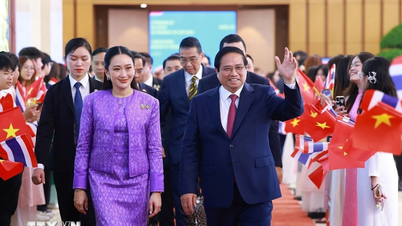

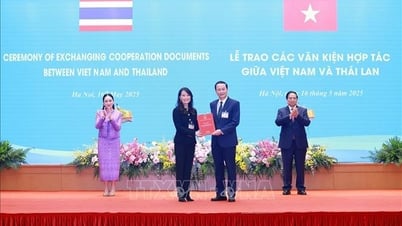


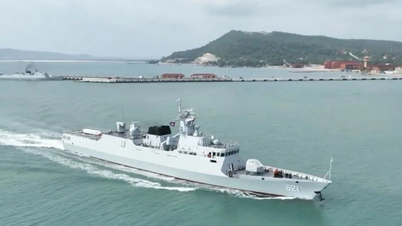









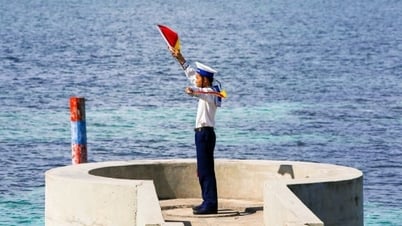




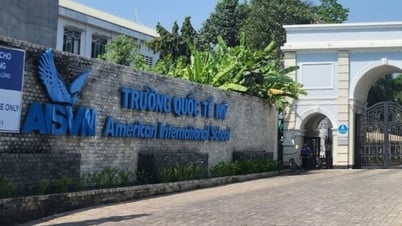

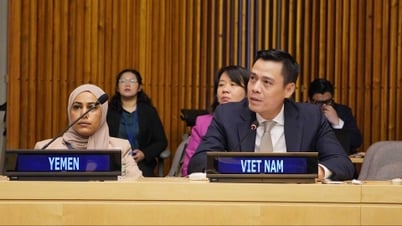


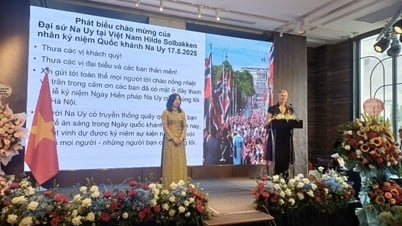
![[Photo] President Luong Cuong receives Prime Minister of the Kingdom of Thailand Paetongtarn Shinawatra](https://vphoto.vietnam.vn/thumb/1200x675/vietnam/resource/IMAGE/2025/5/16/52c73b27198a4e12bd6a903d1c218846)


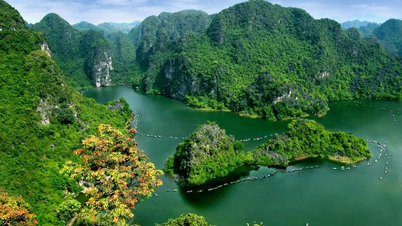






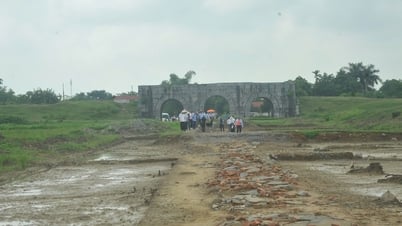




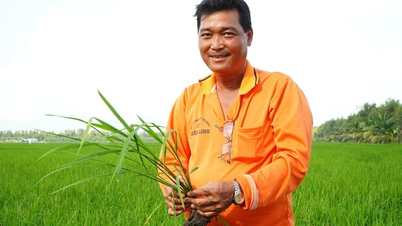










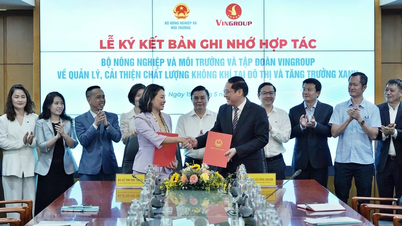

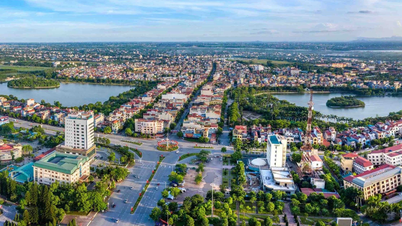






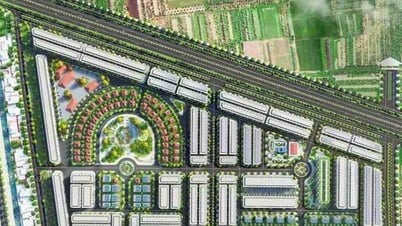






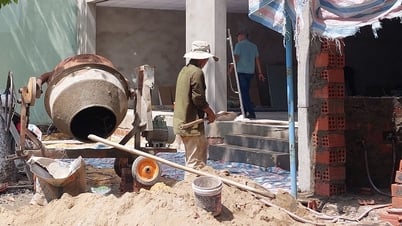







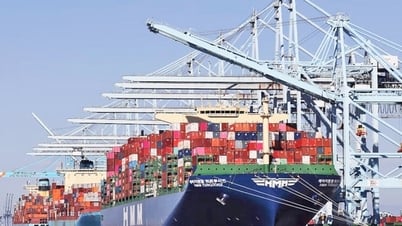








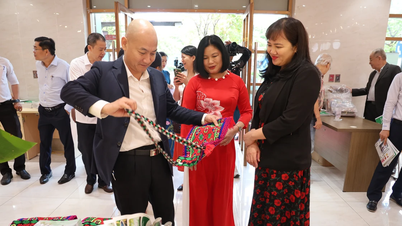




Comment (0)